NOT A HOTEL Setouchi is the unusual name for holiday homes in an equally unusual setting. The Danish studio BIG designed an exclusive resort in a Japanese national park.
The Japanese island of Sagi in Setonaikai-Nationalpark. Here, in the Setouchi region in the Seto Inland Sea, where pirates wreaked havoc in the 15th century, there is now a landscape and marine conservation area. It is therefore not surprising that so many people are drawn to this area. And just as unsurprisingly, a corresponding infrastructure is being created for these same people. Part of this will be completed in 2026: NOT A HOTEL Setouchi.
The unusual name of the Bjarke Ingels Group (BIG) project is down to the client. The Japanese company NOT A HOTEL offers co-ownership of “holiday homes designed and curated by renowned architects in exceptional locations”. In the case of the Setouchi resort on a 30,000 square metre plot with panoramic sea views, this claim is probably no exaggeration.
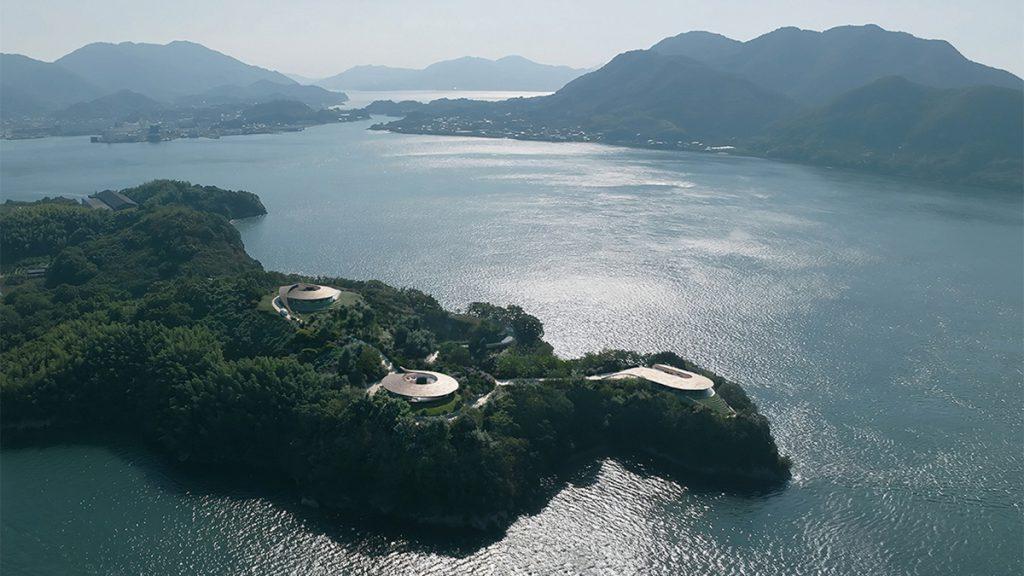
Grad-e names
With the design, BIG is creating “a dialogue between Japanese and Scandinavian design”, as the Danish architecture firm officially puts it. “Modern Danish architecture is indeed strongly influenced by traditional Japanese architecture,” explains BIG founder Bjarke Ingels. The names of the resort’s three villas say it all: 360, 270 and 180, referring to the respective number of degrees in the design. Villa 360, for example, is circular (360 degrees). It is located at the highest point of the site and offers a spectacular panoramic view.
Villa 180 has a horseshoe shape and was thus adapted to the shape of a headland in front of it. Villa 270, a three-quarter circle, is situated between the other two buildings. In each design, care was taken to ensure that the open side of the villa faces inland, so that the design blends in perfectly with the surrounding landscape.
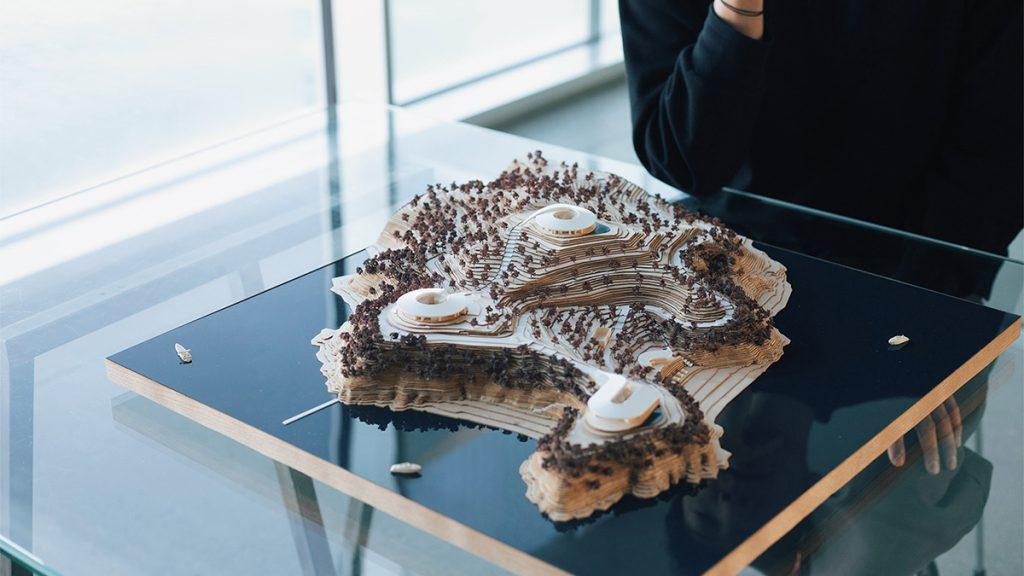
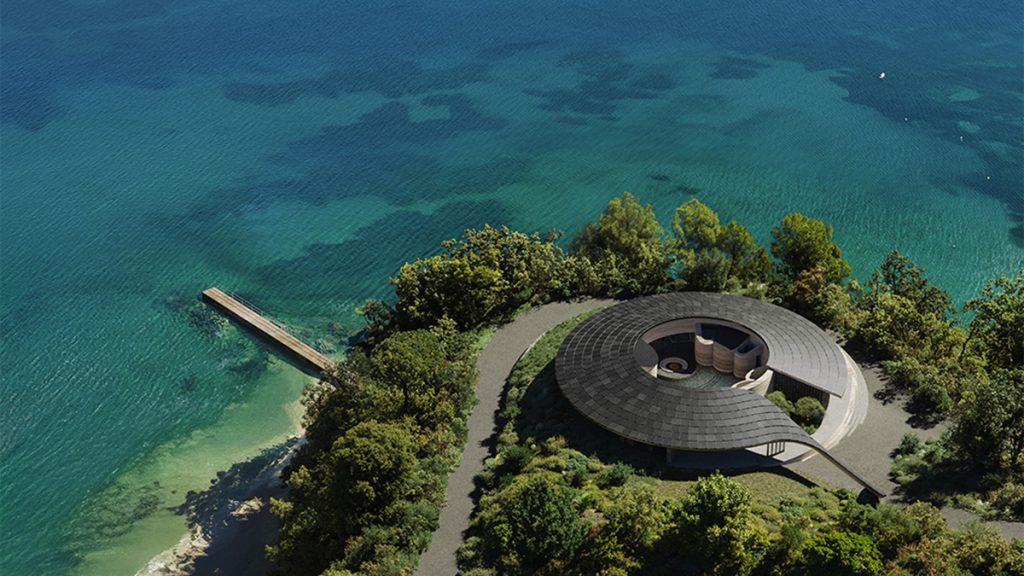
Architecture in perfection
The villas are designed to resemble traditional single-storey houses. Made from local materials, they incorporate Japanese architectural elements: textured monolithic walls, wooden ceilings and cobbled floors. Each villa has three or four bedrooms and a large living area with an open-plan kitchen and recessed seating. From here you can access the other rooms – and the sauna. There is also a swimming area in the central courtyard.
Large roof overhangs provide shade for the interior spaces. These are surrounded by generous glass façades and terraces so that the aforementioned view can be enjoyed. “It almost looks like a traditional Japanese landscape painting in perfect form,” enthuses Bjarke Ingels. Infinity pools also contribute to this “perfection”.
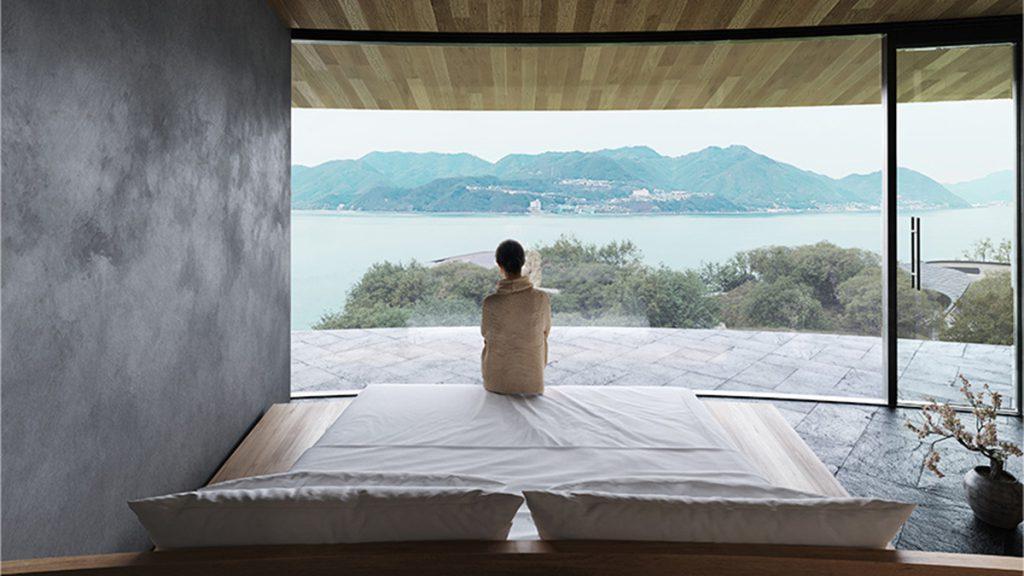
Naturally beautiful
The project’s masterplan also includes the reforestation of olive and lemon trees and the lush planting of other local vegetation to “emphasise the natural beauty of the site”, according to the studio.
“Japan has attracted attention in recent decades with breathtaking natural landscapes, exquisite design, innovative architecture and cutting-edge art,” says Shinji Hamauzu, CEO and founder of NOT A HOTEL. “The Seto Inland Sea area, where NOT A HOTEL Setouchi is being built, combines all these aspects of japanese tourism in a single location. In collaboration with BIG, we are building one of Japan’s most luxurious resorts that will give more people access to the charms of the Setouchi region.”
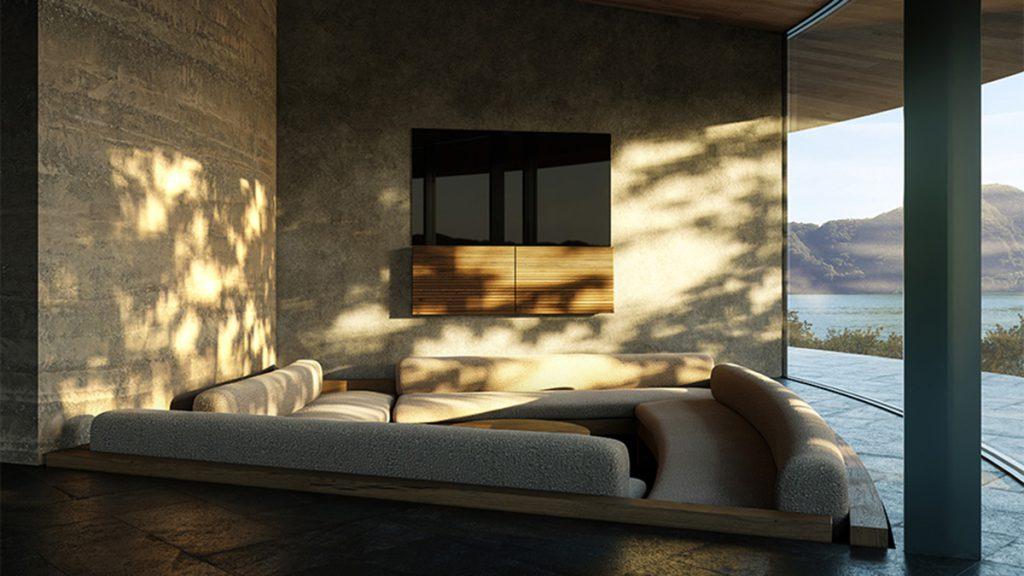
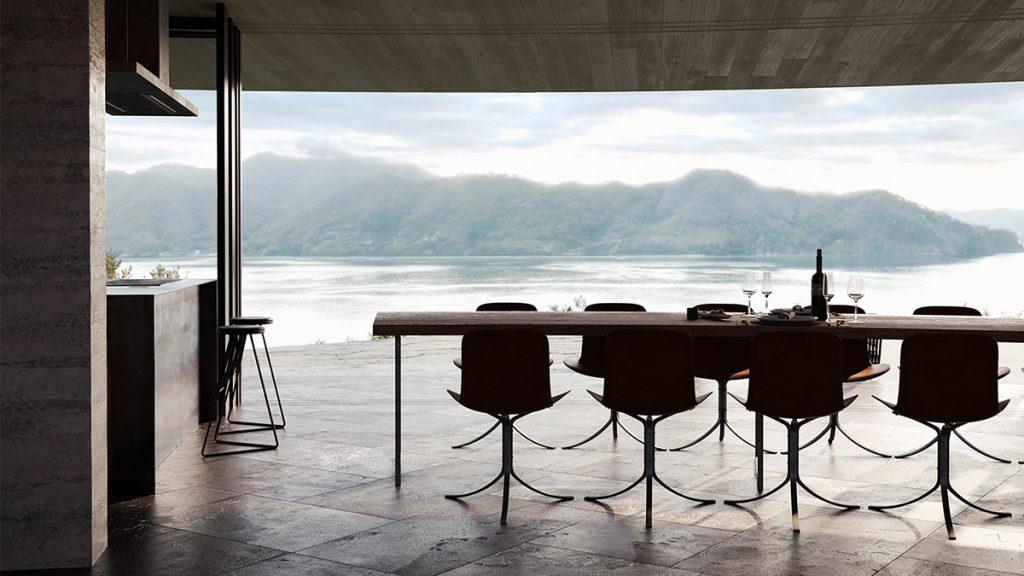
Experimental design
Bjarke Ingels adds: “Our design approach for NOT A HOTEL Setouchi is about exploring, observing and understanding the landscape. We have considered how best to utilise this distinctive, remarkable site and have opted for a design that reflects the elegance of traditional Japanese architecture.”
According to the BIG boss, Japan has a culture of commitment to craftsmanship and the pursuit of quality. “You could say that the honesty and simplicity of the structure and the careful selection of materials have strongly influenced the traditional architecture of Japan and the modern architecture of Denmark. Maybe that’s why I always feel like I’m coming home when I travel to Japan. NOT A HOTEL Setouchi will be an experiment in what happens when the two come together: the Danish desire for simplicity and the care and perfection of Japan.”
Text: Michi Reichelt
Bilder: BIG, NOT A HOTEL
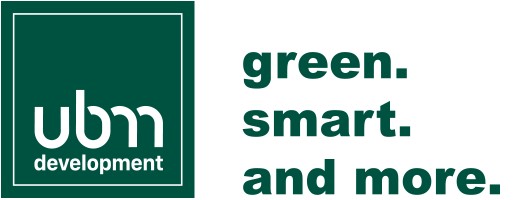

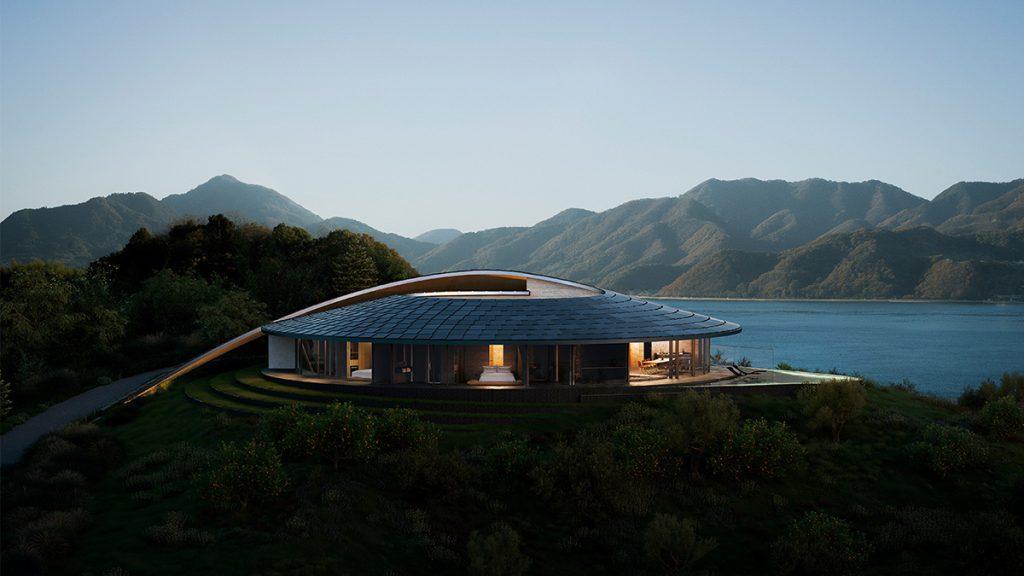
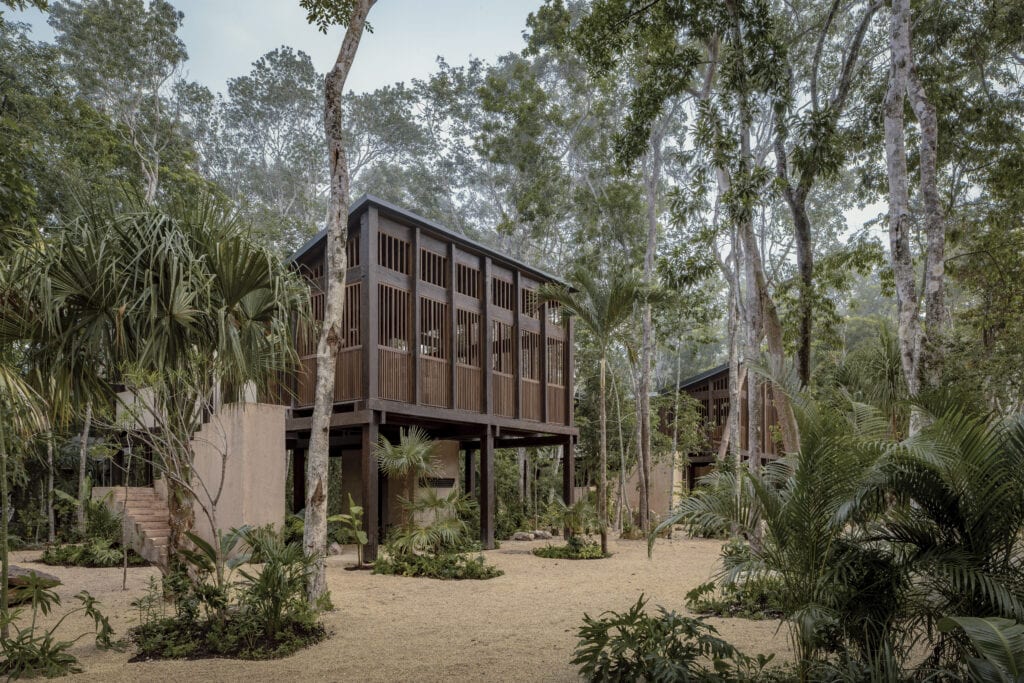
iThere are no comments
Add yours